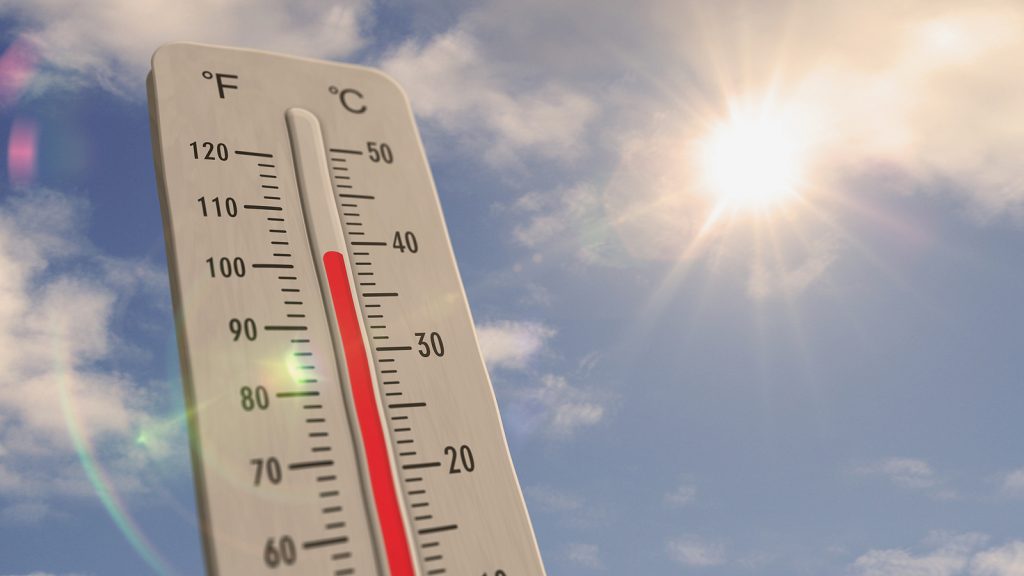Informer | June #1

Summer 2023 is barely here and we have already had some very warm days to contend with. The long-term forecast calls for even more hot weather for the remainder of the summer and early fall. Since heat exhaustion is a very real risk with potentially serious effects, it is important to be prepared to prevent overexposure.
- Train all employees that will be working outside on the signs of heat-related illness.
Muscle pains or spasms, excessive sweating, nausea, headache, tiredness, and dizziness are some common signs of heat-related illness. For members using the IMWCA online Learn training program please consider using WO16 Working Outdoors in Warm Weather. - Stay hydrated with cool water throughout the work shift.Avoid caffeinated drinks as they can contribute to dehydration. If using water coolers, review the OSHA 1926.51 standard on sanitation requirements for water coolers.
- Take breaks in the shade or air-conditioned areas.
The higher the heat index, the more frequent rest breaks need to occur. NIOSH’s HeatSafety Tool App is a good tool to consider to help supervisors make informed decisions on when and how often to rest. - Wear light-colored, lightweight clothing and a hat when possible.
Besides heat, sunburn is also an overlooked but dangerous hazard to consider as well.
By following these basic rules, we can prevent employees from facing serious heat-related illnesses and help them remain productive throughout the summer.




